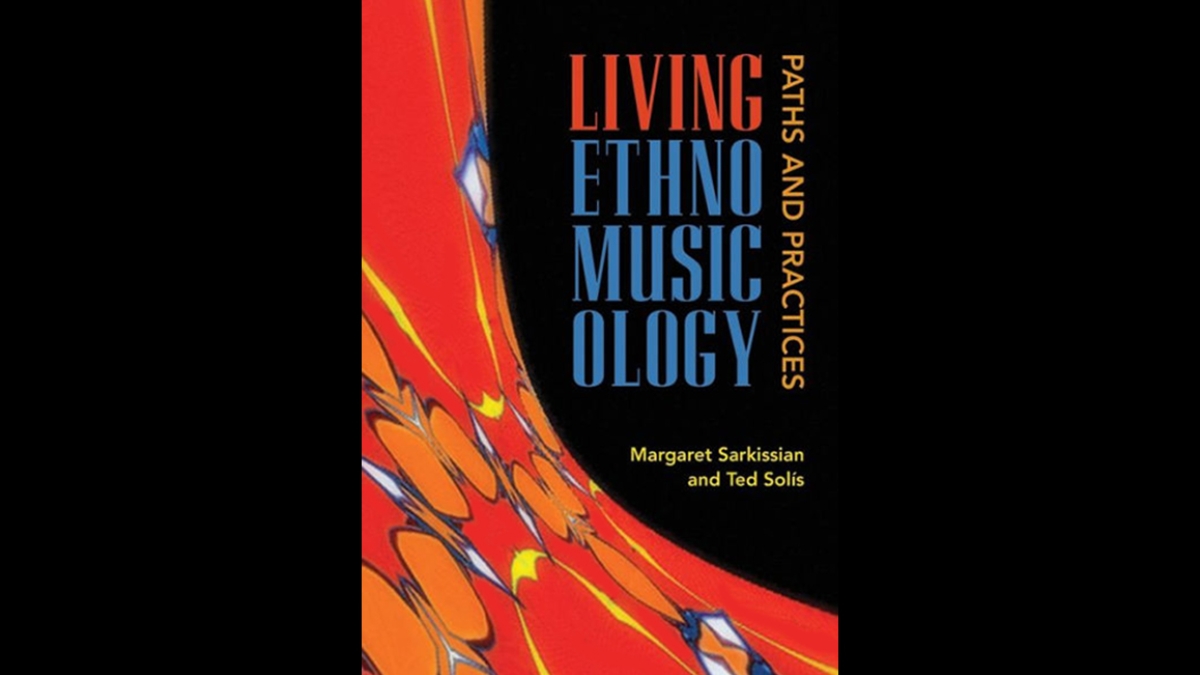ASU School of Music professor publishes landmark book on ethnomusicology

"Living Ethnomusicology."
From the temples of Bali to the depths of the Amazon jungles, ethnomusicologists have traveled around the globe to journal humanity’s relationship with music.
Ted Solís, professor of ethnomusicology in the Arizona State University School of Music in the Herberger Institute for Design and the Arts, and colleague Margaret Sarkissian, an ethnomusicologist at Smith College, recently co-authored the first-ever ethnography of the discipline itself, “Living Ethnomusicology, Paths and Practices,” (University of Illinois Press, 2019).
When Sarkissian asked Solís if he planned to write a second edition to his first book, “Performing Ethnomusicology,” he told her instead of a second edition he wanted to write a book about the people behind ethnomusicology — those who study the history and practice of non-Western musical genres, styles and performances. He wanted to write a book about their paths toward their profession, what he called “an ethnography of the field itself.”
“I have always been fascinated with people’s stories,” Solís said. “I consider everyone, without exception, interesting and have always asked people about themselves.”
Solís said Sarkissian was eager to work on the project with him, and they began researching together.
According to the Society for Ethnomusicology, the academic discipline of ethnomusicology is highly interdisciplinary. So, to shed light on the many paths ethnomusicologists have blazed in the pursuit of knowledge, Solís said he and Sarkissian pursued practitioners not only from diverse backgrounds and specialties, but also from different eras.
Bruno Nettl, renowned musicologist and professor emeritus of music and anthropology at the University of Illinois, Urbana-Champaign stated in the book’s forward “... It's to these very questions, 'who are the ethnomusicologists,' and 'what are they like,' that this book, 'Living Ethnomusicology,' provides answers in a unique and comprehensive way. And for this reason, it is one of the most important books to have appeared in a long time — it identifies and defines us in a concrete way.”
Solís’ first book, “Performing Ethnomusicology: Teaching and Representation in World Music Ensembles,” (University of California Press, 2004) was also the first volume ever published on the subject of teaching world music ensembles.
Publication of Sarkissian and Solís’ book is supported by grants from the Quitiplás Foundation, the provost’s office at Smith College and ASU’s Herberger Institute for Design and the Arts and School of Music.

